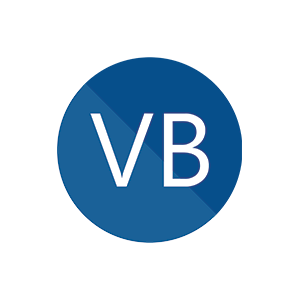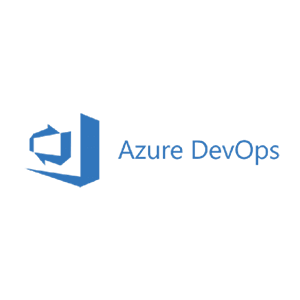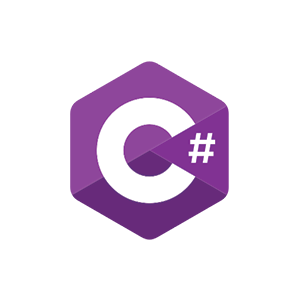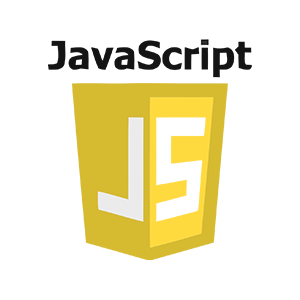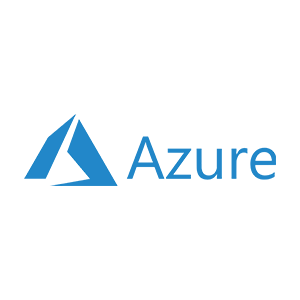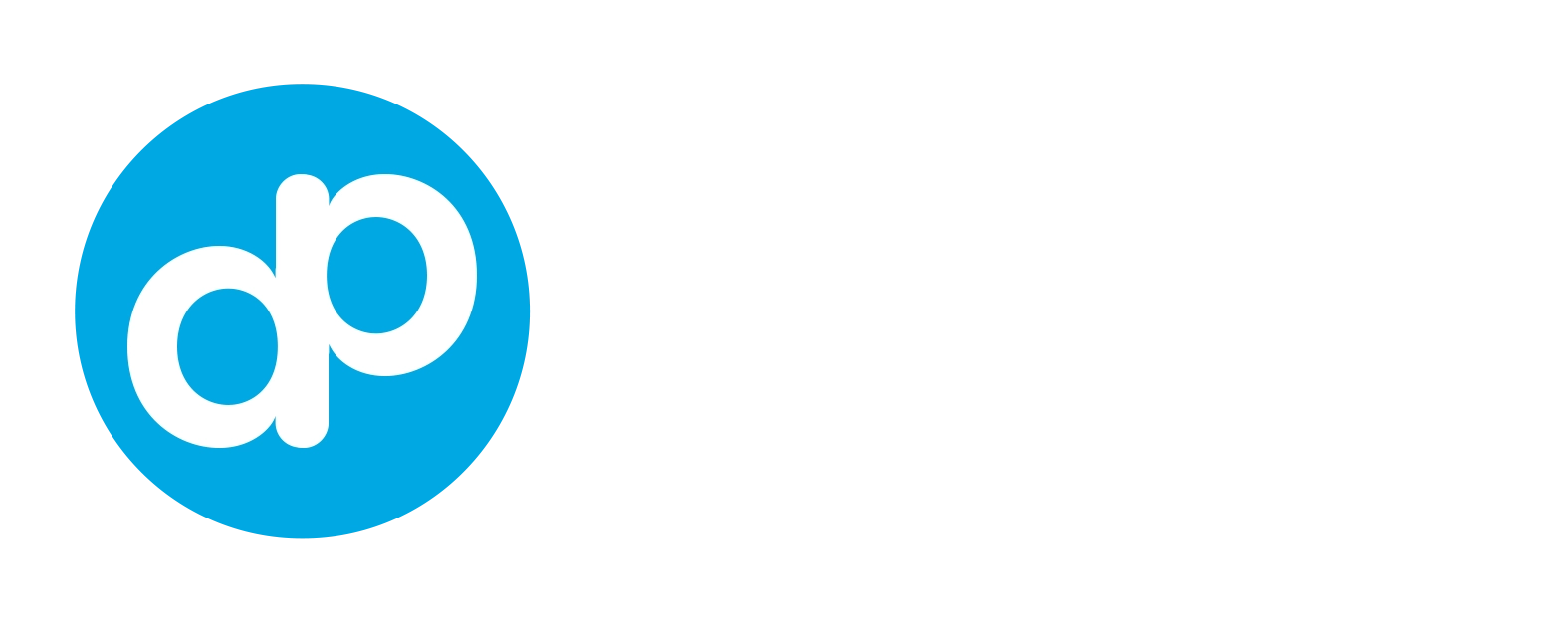Overview
Delaplex worked with Clearview to enhance their Software Development Life Cycle (SDLC) methodology in order to develop an all-encompassing restaurant management software suite. As a trailblazer in restaurant management software, Clearview provides a fusion of retail technologies and hospitality software solutions to industry giants like McDonald’s, A&W, Popeyes, Tim Hortons, and Wendy’s.
The collaborative solution allows restaurants to easily innovate and resolve challenges around two key parameters – Engagement and Experience. From food orders and delivery to inventory management and financial tracking, the solution streamlines all facets of the restaurant environment and greatly enhances the customer experience.
Client Needs
Faced with the dynamic and changing demands of the quick-service food industry, Clearview sought a holistic technology solution, i.e. cloud transformation (Hybrid Cloud):
- Real-Time Custom Enhancements: Responding to client requests for customized enhancements, including tech upgrades, process improvements, API integrations, and tailored operations.
- Expert Technical Consultation: Going beyond conventional requirements, envisioning a partner capable of ideating, executing, and implementing smooth tech solutions with minimal supervision.
Project Challenges
One challenge was navigating the intricacies of the 20-year-old legacy system, combined with the complexity of over 200 functional screens in the application. It required a thoughtful approach to seamlessly integrate tech solutions like point-of-sale (POS) systems, payment gateways, and kitchen display systems. Another challenge was the steep learning curve due to the vast application landscape.
The Delaplex Solution
Working closely with Clearview, our technical experts provided meaningful enhancements to their software development life cycle (SDLC) methodology. The outcome resulted in a highly flexible and scalable software solution that provides strategic business insights for multi-unit operators and franchisors.
The team created a hybrid cloud solution using Azure Public Cloud Services and Private Cloud Services, which improved the efficiency and responsiveness of Clearview’s software development life cycle (SDLC) methodology. Further, the team future-proofed the software by implementing strategic upgrades, including API integration, supplier onboarding, system upgrades, feasibility testing, and more.
How We Did It
The collaborative team employed AZURE Cloud Services such as API integration and Continuous Integration/Continuous Deployment (CI/CD) processes. API integration enabled effortless communication with external systems, enhancing adaptability to industry demands. The adoption of CI/CD processes, powered by tools, such as Jenkins and Octopus, automated development workflows for swift and reliable software updates.
The final deployment included robust data validation and synchronization, encompassing the following:
- File Processing Services
- Labour Module
- File Processing Services
- Employee Timecard API
- Employee Export and Import API
- Purchase Order API
- Purchase Order Processing Services
- Client Application Integration
- Scalability and Data Handling
Delaplex worked with Clearview to determine the technologies used in the process, including:
Programming Languages:
- Backend: VB.NET, C# (.NET) for robust server-side development.
- Frontend: JavaScript, ASP.Net, jQuery for dynamic and interactive user interfaces.
Database Management:
- Relational Database Management System (RDBMS) like MSSQL and Azure Cosmos Database.
Server-Side Framework:
- ASP.NET (C# & VB) for building scalable and efficient server-side applications.
API Integration:
- RESTful APIs for seamless integration with external systems and services.
Cloud Services:
- Azure Functions Apps and hosting on cloud platforms like Azure (using Jenkins and Octopus) for scalability and flexibility.
Data Analytics and Reporting:
- Developed ASP.NET pages using C# and VB.
- Application Insights by Microsoft Azure to monitor and gain performance and usage insights.
Security Measures:
- HTTPS for secure communication.
- Encryption algorithms for safeguarding sensitive data.
Agile Development Tools:
- Agile project management tools like Azure DevOps.
Version Control:
- Git for version control, allowing collaborative development and tracking changes.
Testing Frameworks:
- XUnit for backend unit testing.
- Selenium with C# for end-to-end testing.
Results
- Formulated Quarterly Release guidelines as per industry standards. The first Quarterly Release has been successfully completed.
- Optimized efficiency by automating and simplifying supplier onboarding processes.
- Maximized profit and improved financial performance by streamlining operations.
- Met the evolving needs of clients for a superior and timely experience by tailoring solutions.
- Enhanced communications to be real-time with external systems by implementing API integrations.
- Optimized the scalability of handling varying workloads by utilizing cloud computing
- With strategic collaboration, future-proofed an industry-leading software solution.


